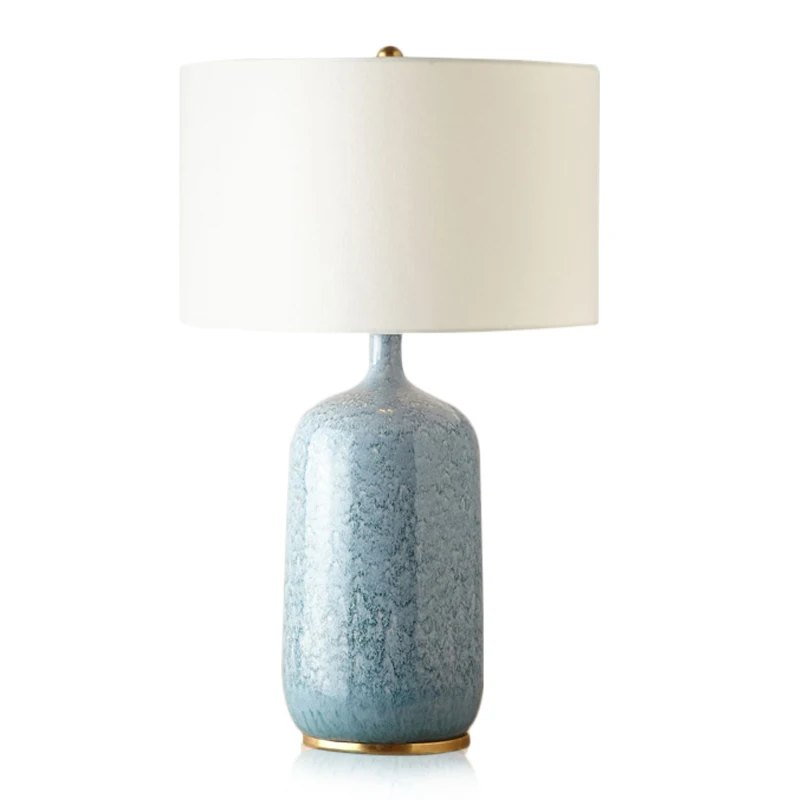
LEAFLETS
PRODUCTS
Illuminating Your Space Floor Lamps Guide
Understanding Your Lighting Needs
Before embarking on your floor lamp quest, consider the primary purpose of the light. Do you need a task lamp for reading or working, or are you seeking ambient lighting to create a relaxed atmosphere? A task lamp will require brighter, more focused light, often with adjustable arms and a directional shade. Ambient lighting, on the other hand, prioritizes a softer, more diffused glow, often using wider shades and lower wattage bulbs.
Think about the size and shape of the room. A large living room might benefit from multiple floor lamps, strategically placed to evenly distribute light. A smaller space, however, might only accommodate one, requiring a lamp with a wider reach or brighter output. Consider the height of your ceilings – a tall lamp will be lost in a low-ceilinged room, while a short lamp might be overwhelmed in a high-ceilinged one. Measuring your space and visualizing the lamp's placement is crucial for a harmonious aesthetic.
Choosing the Right Style and Design
Floor lamps come in a dizzying array of styles, from sleek and modern to traditional and ornate. Your personal aesthetic should heavily influence your choice. A minimalist apartment might call for a simple, tripod-style lamp with a linen shade, while a more eclectic space could embrace a bolder, statement piece with intricate detailing. Consider the existing furniture and décor in the room – the lamp should complement, not clash, with its surroundings.
The material of the lamp base and shade also impacts both the style and the light it emits. Metal bases offer a contemporary feel, while wood or ceramic bases lend a warmer, more traditional aesthetic. The shade material also plays a role; linen shades offer a softer, diffused light, while glass shades provide a brighter, more direct illumination. Experiment with different materials to find the perfect balance of style and functionality.
Considering Functionality and Features
Beyond aesthetics, consider the practical features of the floor lamp. Adjustable height and arm positioning are invaluable for task lighting, allowing you to direct the light precisely where you need it. A dimmer switch offers unparalleled control over the intensity of the light, allowing you to create the perfect ambiance for any occasion, from bright and energetic to soft and relaxing.
The type of bulb also impacts functionality. LED bulbs are energy-efficient and long-lasting, while incandescent bulbs provide a warmer, more traditional glow. Consider the wattage and color temperature (measured in Kelvin) of the bulb to achieve your desired brightness and color tone. Higher Kelvin values indicate cooler, bluer light, while lower values signify warmer, yellower light.
Placement and Practical Considerations
The placement of your floor lamp is crucial for both its functionality and its aesthetic impact. Avoid placing it directly in high-traffic areas where it might be easily knocked over. Consider the proximity to seating areas – a reading lamp should be positioned close to your favorite armchair or sofa. Ensure there is adequate space around the lamp for easy access to the switch and for preventing any obstructions to the light.
Safety is paramount. Always use bulbs that are compatible with the lamp's wattage rating, and never leave a lamp unattended for extended periods. Regularly check the wiring and cord for any signs of damage, and replace it immediately if needed. Choosing a stable base and ensuring it's placed on a level surface will minimize the risk of tipping.
By carefully considering these factors, you can confidently select a floor lamp that not only illuminates your space but also enhances its style and functionality, transforming it into a truly welcoming and comfortable environment.SUBSCRIBE
INQUIRY










